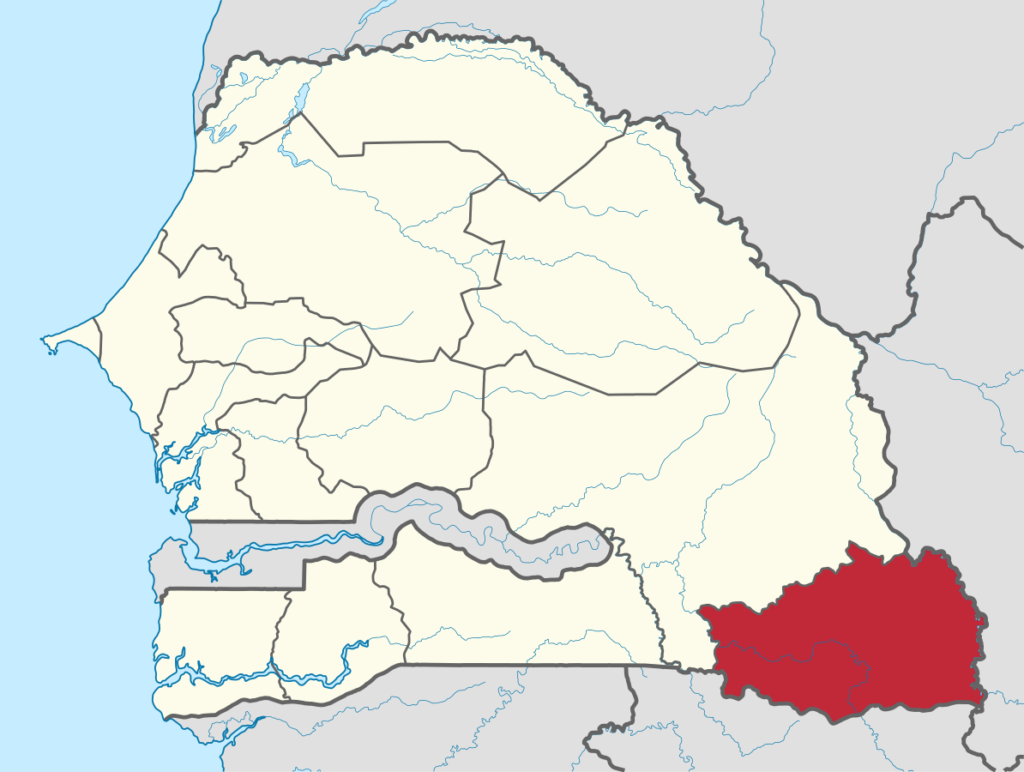Phantom profits are earnings generated when there is a difference between historical costs and replacement costs. If there is a difference between this historical cost and the current cost at which it can be replaced, then the difference is said to be a phantom profit. Managers need to be aware of phantom profits, especially when there is a substantial difference between the old cost layers and replacement costs. Once the old cost layers have been eliminated, managers may find that their reported profit levels suddenly decline. If a company is making phantom profit, they will often have negative cash flow from operations. This is because they are not actually generating enough cash to fund their operations.
Here are answers to nine frequently asked questions about phantom stock plans and what they could mean for your company. Illusory profit, also called phantom profit, is the difference between 1) the profit reported using historical costs required by US GAAP, and 2) the profit computed using replacement costs. Illusory profit is greatest during periods of rising costs at companies with significant amounts of inventory and plant assets. This smaller amount of costs charged to the income statement means reporting greater profit. The one exception is when the newest cost layers are used up and earlier cost layers are accessed, in which case phantom profits are more likely.
This is when companies use accounting methods that are not in accordance with generally accepted accounting principles (GAAP). This can allow companies to inflate their profits and make them look better than they actually are. For example, a company may choose to use the LIFO (last in, first out) method of inventory accounting, even though the FIFO (first in, first out) method is more accurate. This will make their inventory appear to be worth less, and therefore make the company look more profitable. You will then be able to plan for another distribution to cover the increased tax payment.
Example of Phantom Profits
However, it still creates a tax liability for a partnership or an individual. Phantom income is also sometimes referred to as «phantom revenue.» While phantom income is not necessarily a common occurrence, it can complicate the process of tax planning when it does occur. Employees who hold phantom equity do have a claim on the economic value and growth of the company. Phantom stock plans can be both a good employee motivation tool for employers and a solid cash incentive plan for employees.
Assuming the product was sold for $165, the financial statements will report a gross profit of $65 ($165 minus $100). If replacement cost would have been allowed and used, the gross profit would be $20 (selling price of $165 minus the replacement cost of $145). The amount of phantom or illusory profit was $45 ($65 reported minus $20 measured using replacement cost). An economist would argue that you must first replace the item before you can measure the profit.
GAAP doesn’t allow the use of replacement cost since that violates the (historical) cost principle. During periods of inflation the amount of phantom or illusory profits will be reduced if the last-in, first-out (LIFO) cost flow assumption is used. The reason is that the last or more recent cost is closer to the replacement cost. Phantom equity plans have proven very advantageous to businesses that wish to incentivize employees to stay with the company without transferring any more ownership away from founders. Equity is now a commonplace form of compensation, and it is vital in ensuring employee retention.
- Once the old cost layers have been eliminated, managers may find that their reported profit levels suddenly decline.
- Many companies use deceptive accounting practices to make it appear as though they are more profitable than they actually are.
- Phantom stock plans can be a valuable method for companies that seek to tie incentive compensation to increases or decreases in company value without awarding actual shares of company stock.
- If a company is consistently reporting phantom profit, it is more likely that they are using creative accounting methods to inflate their profits.
- To calculate the retail price, start with the total production costs and add in any markup that is desired.
Phantom Income: Definition & Risks
This distinction is important because investors and other stakeholders often base their decisions on a company’s reported profits. The distinction between phantom profit and real profit is important because investors and other stakeholders often base their decisions on a company’s reported profits. If a company is reporting phantom profits, it might look like a much more attractive investment than it actually is. This can lead to over-investment and, ultimately, financial problems down the road.
Most company owners have a sense for how their business would be valued by a willing buyer. Customarily, they have observed transactions within their industry and are aware of key indicators and multiples. However, the company would not typically use the formula that might represent actual market conditions. One-time gains on the sale of assets are also considered phantom profit.
phantom profits
The partners or owners are still liable to pay the applicable income tax. Phantom income can apply to limited partnerships, debt forgiveness, zero-coupon bonds, S corporations or limited liability corporations (LLC), and real estate investing. Phantom income is typically an investment gain that has not yet been received but still creates a tax liability for a partnership or an individual.
However, if it is later revealed that the company was not as profitable as it claimed to be, this can lead to a decrease in confidence in the economy and a decrease in investment. In order to calculate phantom profit, one must first understand the concept of opportunity cost. In other words, it is what you could have earned by taking another course of action. In order to calculate opportunity cost, one must first identify all of the relevant costs and then subtract the alternative course of action from the highest cost. For example, if you are considering whether to go to college or to get a job, the opportunity cost of going to college is the salary you would have earned from working. To calculate the total cost of production, start with the raw materials cost.
When it comes to business, there are a lot of different ways to calculate profit. However, when it comes to phantom profit, there are a few key things you need to keep in mind. Sandra Habiger is a Chartered Professional Accountant with a Bachelor’s Degree in Business Administration from the University of Washington. Sandra’s areas of focus include advising real estate phantom profit formula agents, brokers, and investors.



